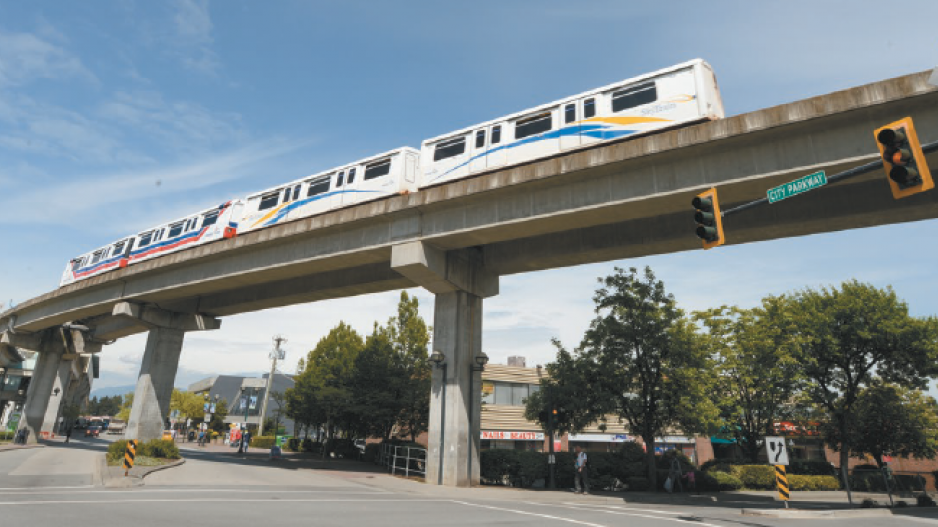In transit
It was an apt irony that, minutes after leaving a November 19 Urban Development Institute lunch where Peter Fassbender, minister responsible for TransLink, declared the need to restore confidence in Metro Vancouver’s transit system, yours truly was ordered off a broken-down bus and on another, which crawled through the congestion snarling the narrowed Burrard Street Bridge. Fassbender spoke of the need for “an integrated sustainable transportation system,” but there’s much work to be done – and in his opinion, the region’s mayors have to step up.
“How the people involved in governance work together is the real issue that we need to address,” he said. “We need to sit down and find out how the people involved in governance can work better together.”
While acknowledging that funding of TransLink’s activities – and the system TransLink governs – is critical, Fassbender said the province will work to ensure Ottawa invests in B.C.’s transportation infrastructure, but the mayors will need to put their co-operative spirits to work to devise a multi-faceted funding model.
“We as government are prepared to work with them to look at options, but … we are not prepared to suggest that there is one magic solution to funding,” Fassbender said. “It’s going to take an integration of different funding sources to give us the sustainable funding that we need.”
Fassbender pointed to his track record in handling the teachers’ strike last year as proof that he’s up to the task, with all its inherent challenges.
“I’m not naive enough to believe that it’s going to be easy,” he said.
Developing benefits
Regardless of where the money comes from, the real estate sector is one of the key beneficiaries of transit investments. Regular analyses by brokerages and other industry groups underscore this, including an Avison Young study earlier this year that cited U.S. studies to suggest that transit-oriented office and retail space is worth 150% of space located off-transit (specifically, light-rail transit).
Similarly, brokerage Jones Lang LaSalle, in its intermittent Rapid Transit Index, notes that space within 500 feet of a transit station commands higher rents and has lower vacancies than space farther afield. The most recent study, issued last year, pegged the premium at nearly 24%; a new study in 2016 will likely offer further evidence bearing out the advantages.
By paying premium prices for proximity to transit, occupiers of the space offset what amounts in Metro Vancouver to $600 million in lost business revenue and $487 million in costs to staff and other residents of the region.
Avison Young claims that the losses could be in the billions by 2045 without fresh investments in transportation – which brings up the matter of funding that Fassbender has pledged to discuss with Ottawa, and encourages the mayors themselves to discuss (mindful of the province’s pledge in the B.C. transportation plan, to fund a third of the region’s rapid transit projects in partnership with the regional and federal governments).
Reports from industry underscore that government funding is key not only to transit development, but to other opportunities, too, becoming a fundamental element in the health of growing regions.•




